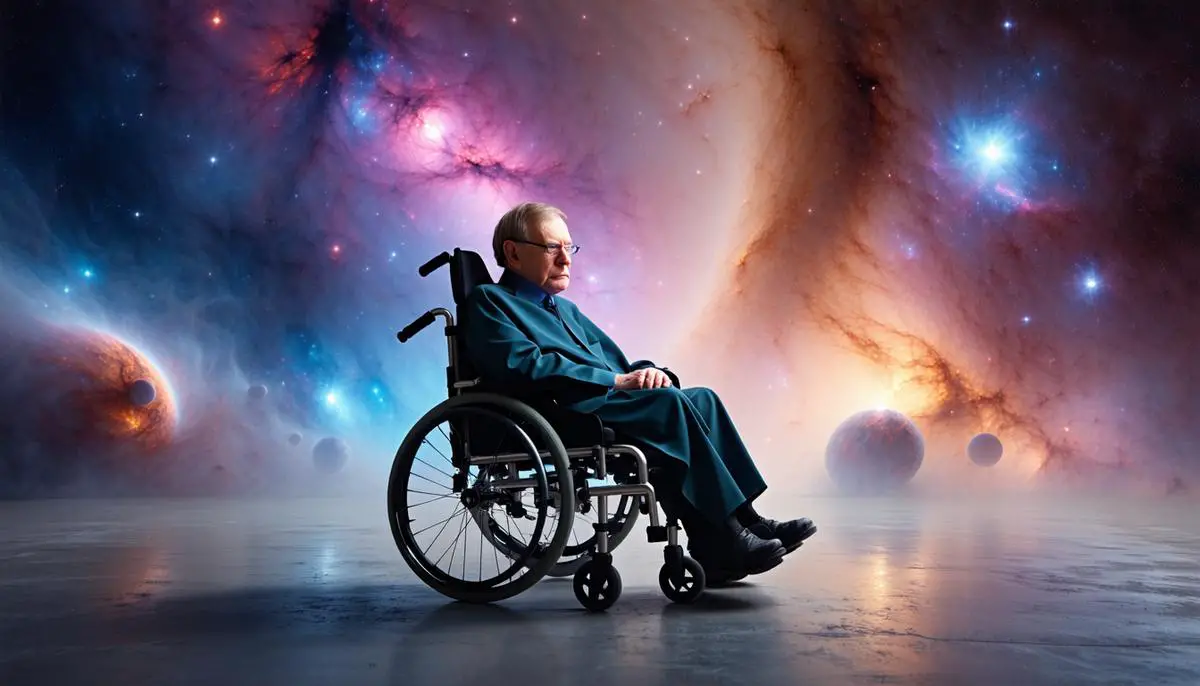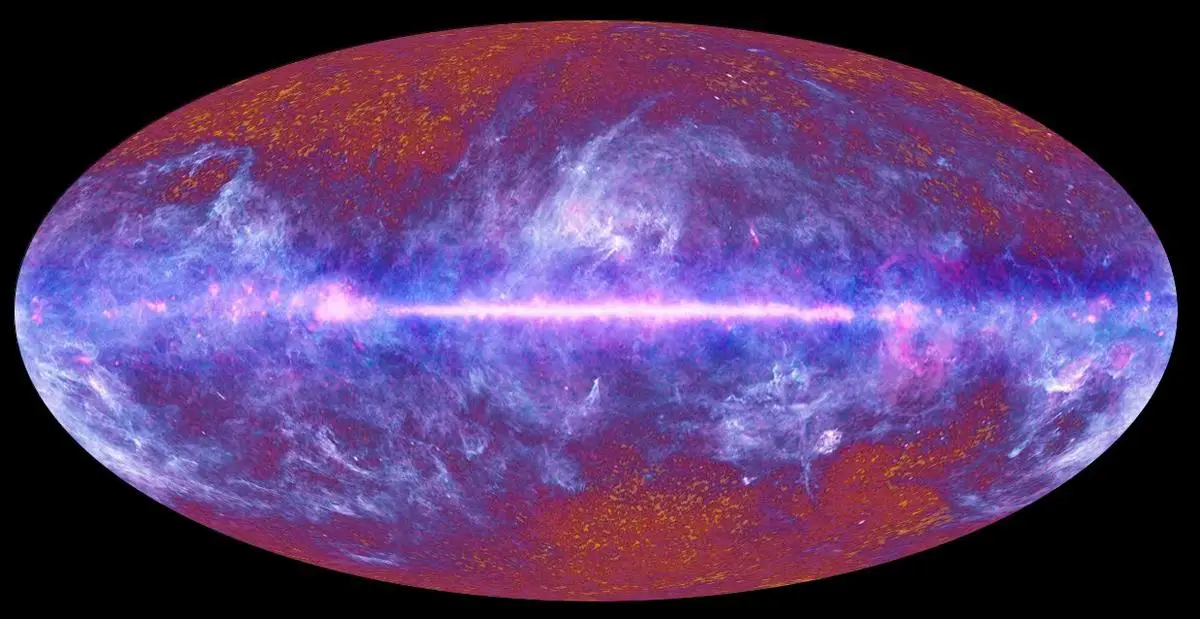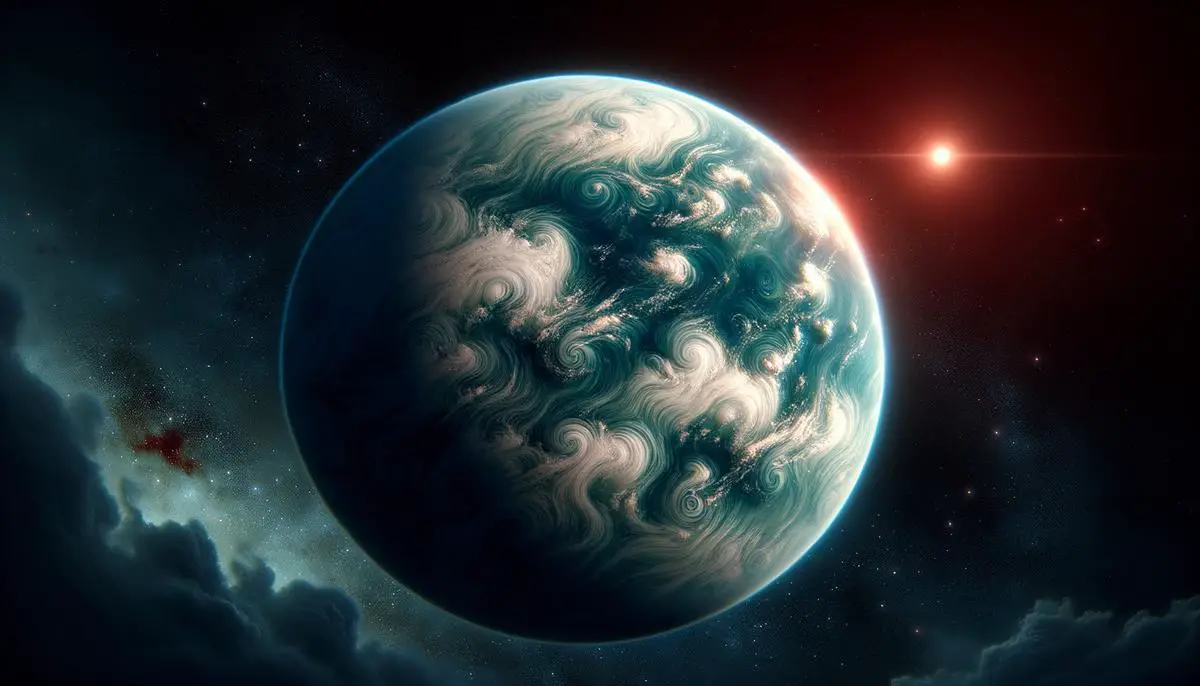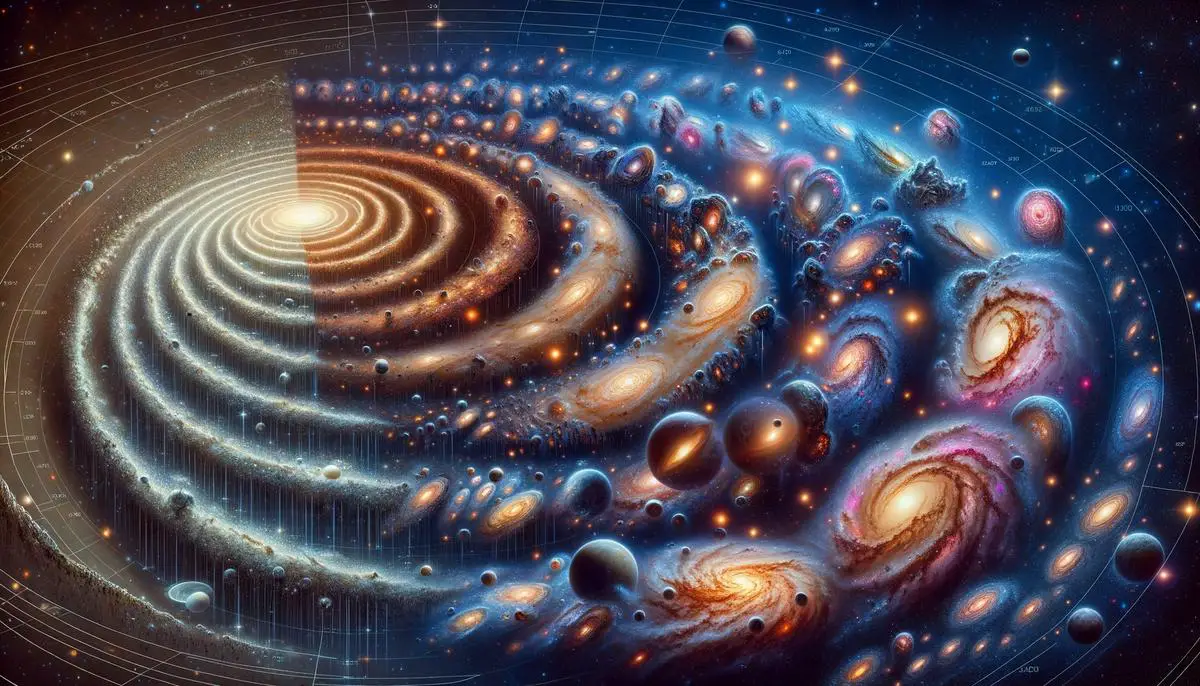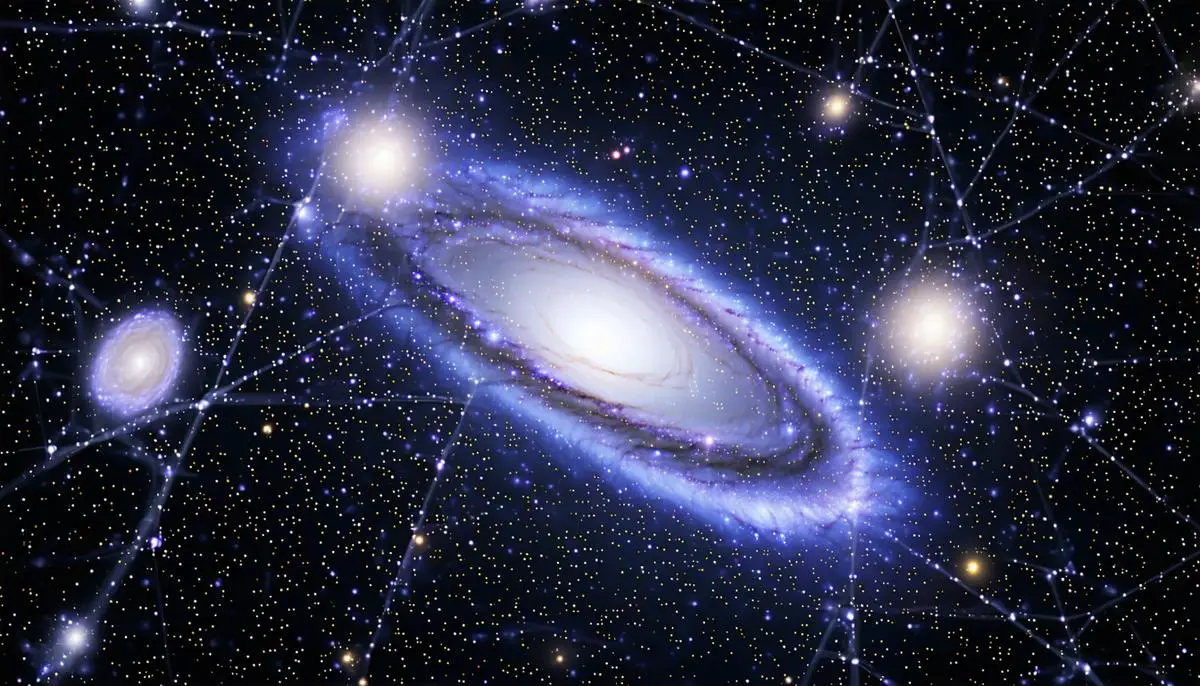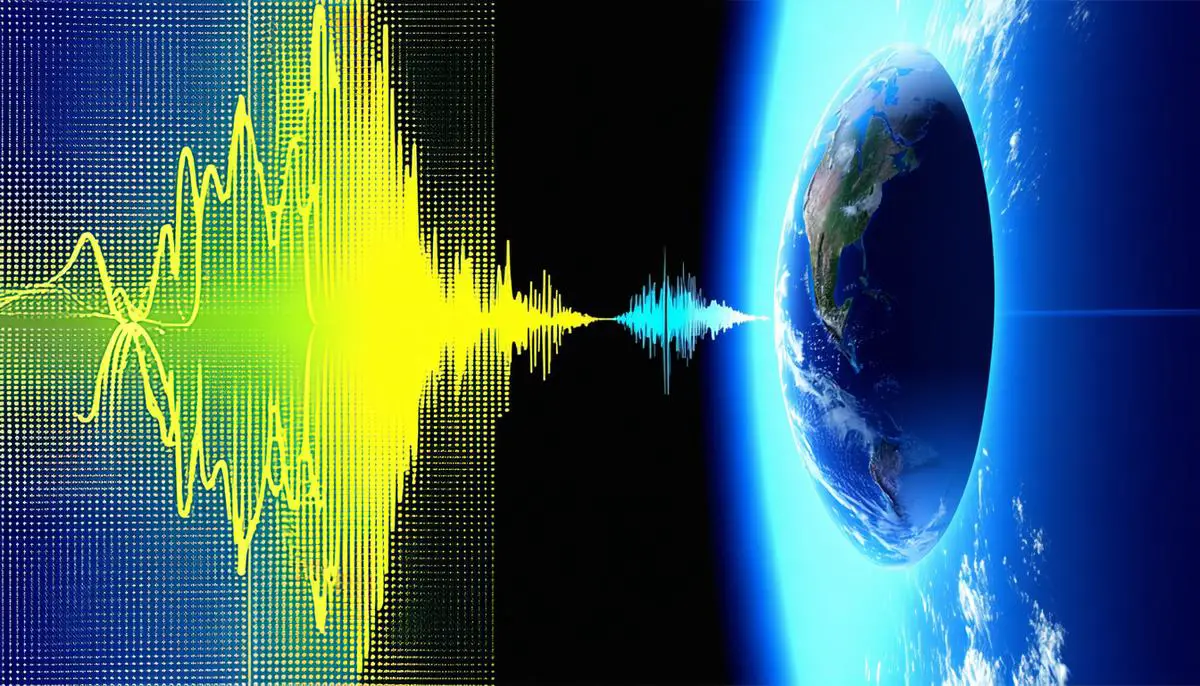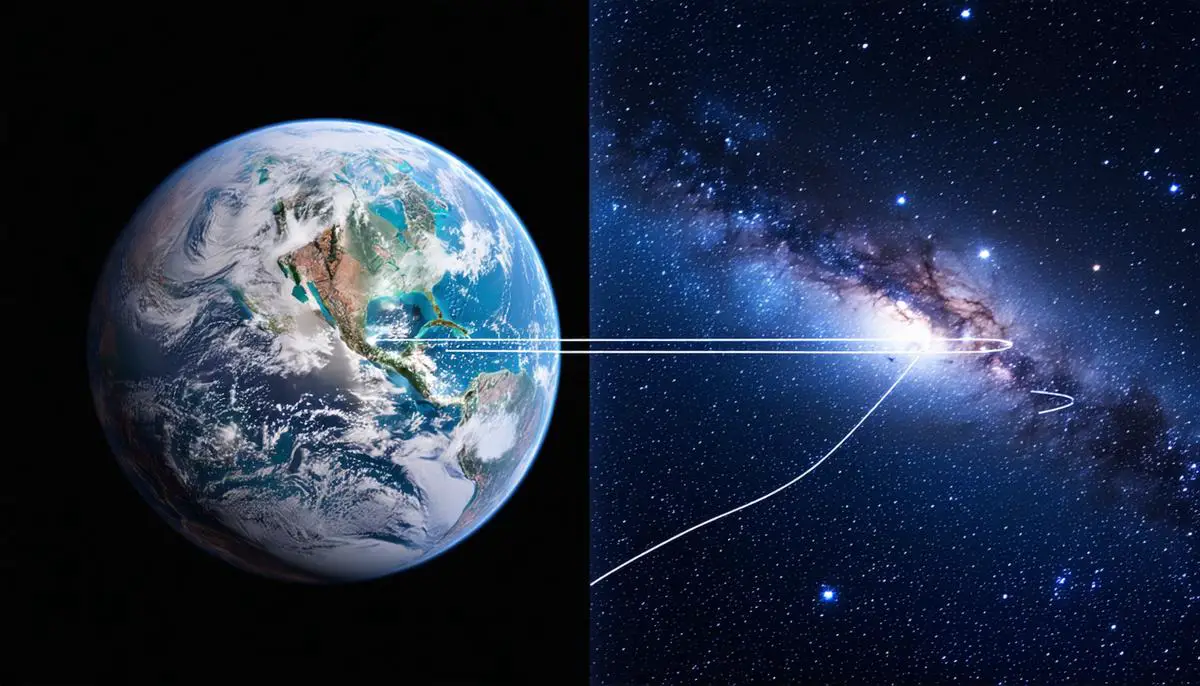In space, objects like 'Oumuamua challenge our understanding of the universe. These interstellar visitors, with their unusual paths and characteristics, offer valuable insights into the dynamics of planetary systems beyond our own. Discovery and Characteristics of 'Oumuamua In October 2017, 'Oumuamua entered our solar system unexpectedly, catching astronomers' attention using […]
![]()
